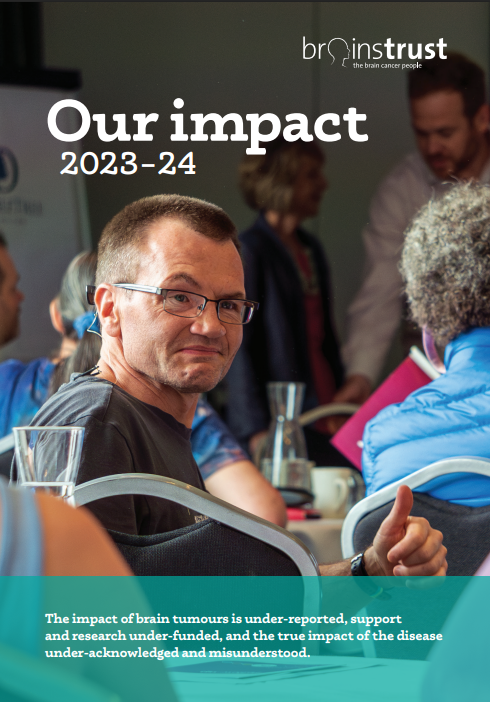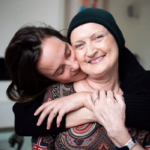Stephen and Rob’s 24 Hour Challenge
 This Good Friday, Stephen Miller and his friend, Rob Eagles, will be taking on a challenge of their own creation: Hot Cross Run! It’s a 24 hour endurance challenge which will see them running laps of Sefton Park in Liverpool – a 2.2 mile circuit they’ll be repeating from sunrise to sunset, and beyond.
This Good Friday, Stephen Miller and his friend, Rob Eagles, will be taking on a challenge of their own creation: Hot Cross Run! It’s a 24 hour endurance challenge which will see them running laps of Sefton Park in Liverpool – a 2.2 mile circuit they’ll be repeating from sunrise to sunset, and beyond.
Together, the pair will be raising funds in support of brainstrust and Molly Olly’s Wishes – two causes very close to their hearts.
Remembering Mum
Stephen has been a loyal supporter of brainstrust for many years, and his latest challenge follows a long list of incredible accomplishments. At 43, Stephen’s ability only goes from strength to strength, and his commitment to supporting the brain tumour community is unwavering. Below, Stephen shares why he began running and everything he’s achieved so far:
I lost my mum to a GBM in 2013 and have since raised funds several times for brainstrust. The first time being the first marathon I ran at Chester in 2016. Since then, I have taken part in plenty of events of all distances, and over the last few years I have started running ultra marathons, defined as anything longer than marathon distance. In 2019 I ran 50 and 100 mile races and raised a considerable amount for brainstrust thanks to the generosity of friends, family and colleagues.

Hot Cross Run
Although I have a number of events planned for this year, it is obviously unclear at this stage as to whether they will take place. That’s why me and a friend decided to arrange our own. We have chosen to run laps of Sefton Park which, although it probably sounds horrendous, logistically makes sense as we can have food and kit in our cars and there is no chance of getting lost!
Up for the Challenge
Since taking up running in 2015, it has become a big part of my life and something that I use to keep fit, clear my head, socialise with friends and give my wife and 2 young daughters some much deserved peace! I run the majority of events with a good friend of mine, Rob. The distances have become longer over the years which probably present more of a mental than physical test, something which I bizarrely enjoy the challenge of. All in all, I love running and enjoy having the motivation of raising funds for such a fabulous charity to get me to the end!










